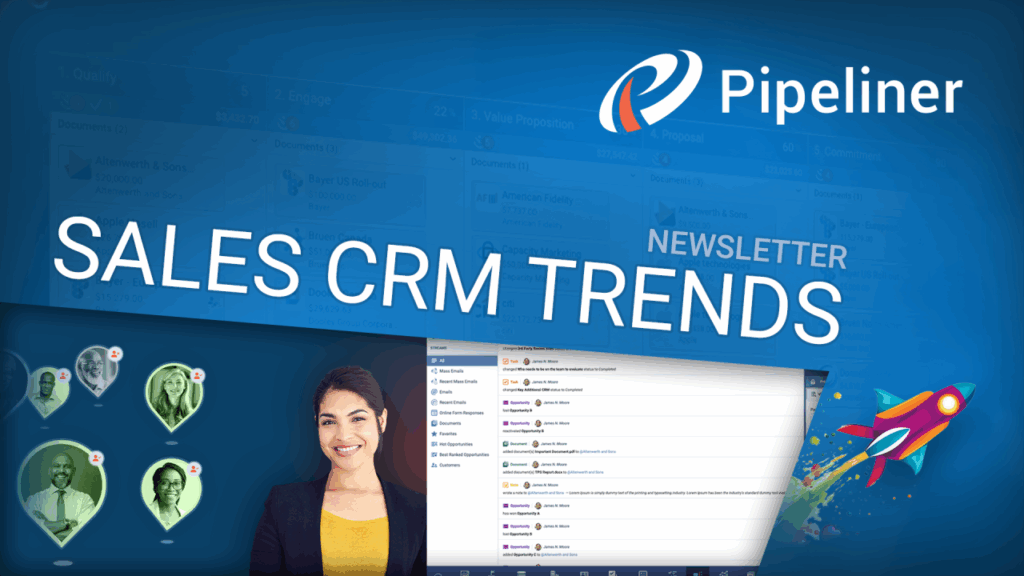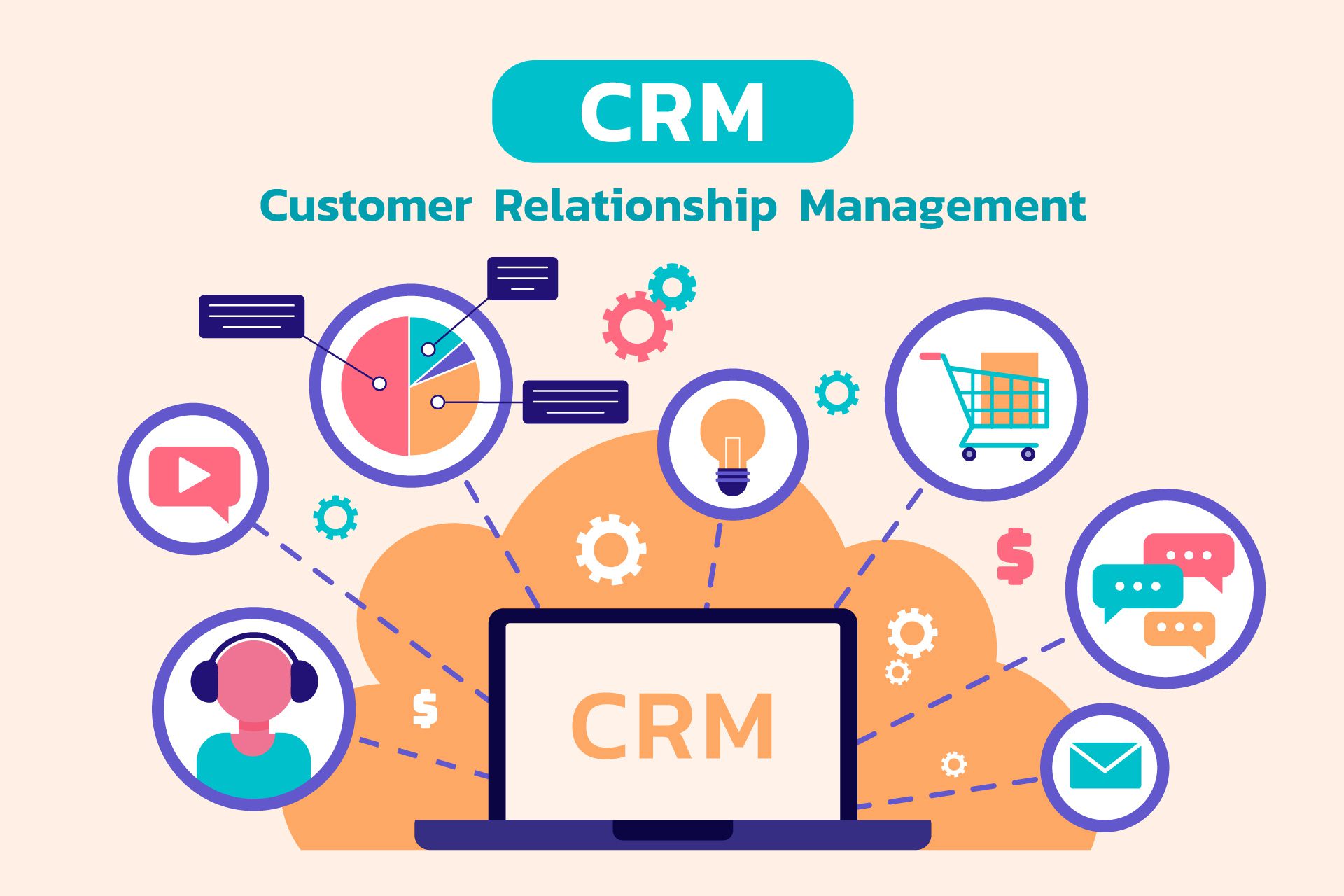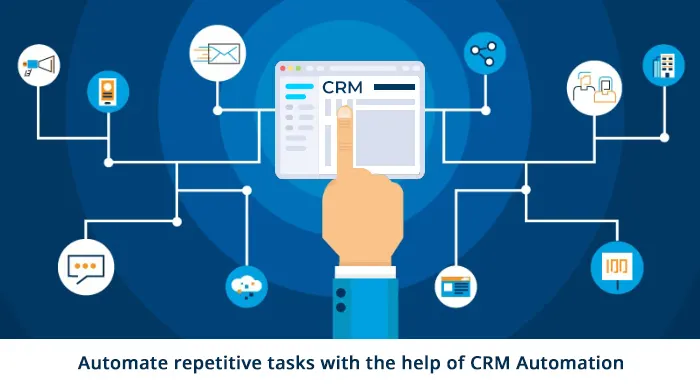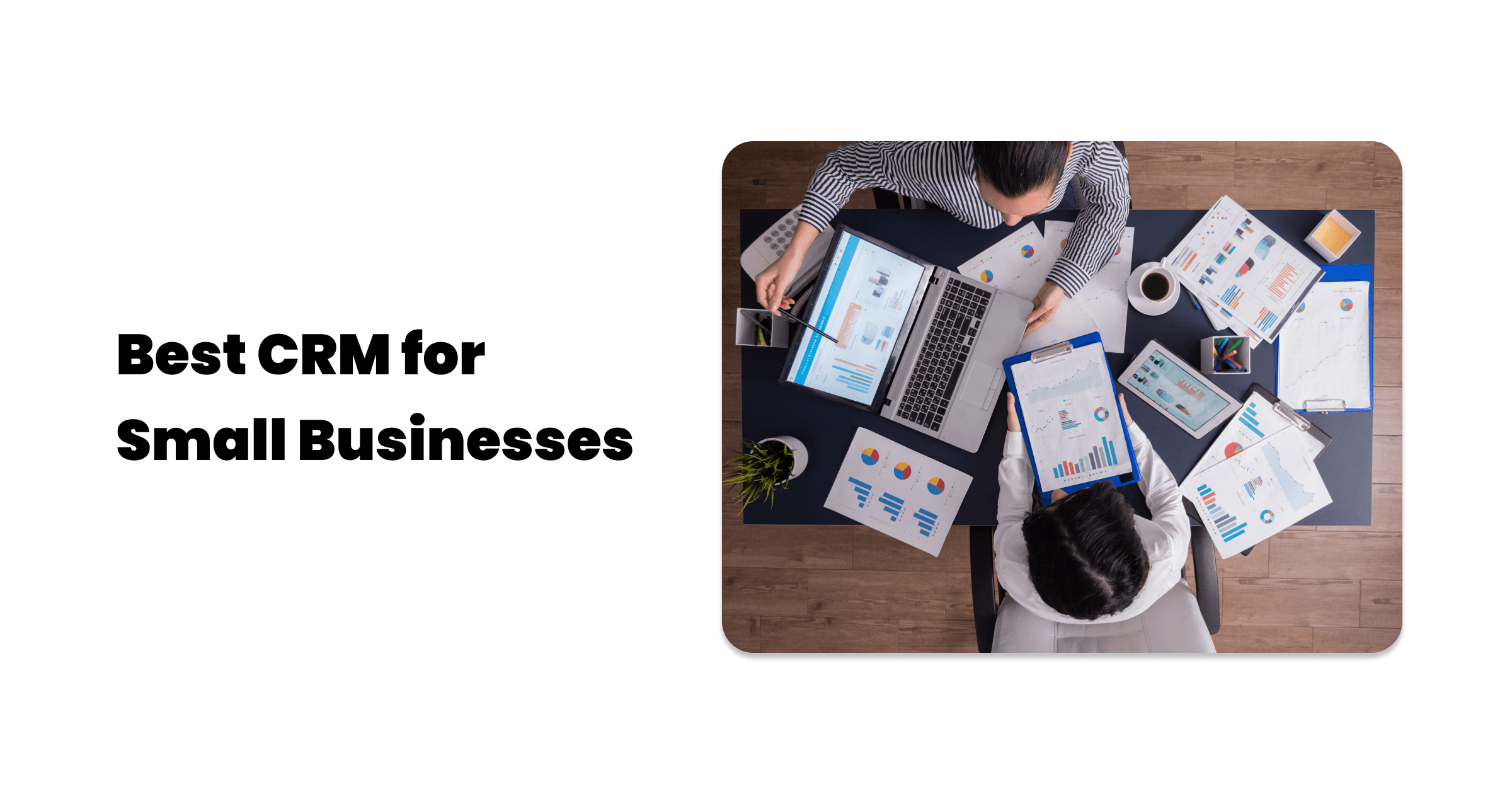Unlocking Hyper-Personalization: How CRM Marketing Transforms Customer Experiences

In the ever-evolving landscape of digital marketing, the ability to connect with customers on a personal level is no longer a luxury; it’s a necessity. Consumers are bombarded with messages daily, making it increasingly difficult for brands to stand out. This is where Customer Relationship Management (CRM) marketing personalization comes into play. It’s the art and science of tailoring marketing efforts to individual customer preferences, behaviors, and needs, ultimately fostering stronger relationships and driving conversions. This comprehensive guide delves deep into the world of CRM marketing personalization, exploring its benefits, strategies, and best practices to help you elevate your marketing game.
The Power of Personalization in CRM Marketing
At its core, CRM marketing personalization is about treating each customer as an individual. It involves leveraging the data stored within your CRM system to understand their unique journey, anticipate their needs, and deliver relevant experiences. This contrasts sharply with the traditional ‘one-size-fits-all’ approach, which often leads to generic messaging and a lack of engagement. By personalizing your marketing, you can:
- Increase Engagement: Personalized content resonates more deeply, capturing attention and encouraging interaction.
- Boost Conversions: Tailored offers and recommendations are more likely to result in sales.
- Improve Customer Loyalty: Showing that you understand and value your customers builds trust and fosters long-term relationships.
- Enhance Brand Reputation: Delivering relevant experiences positions your brand as customer-centric and forward-thinking.
- Gain a Competitive Edge: In a crowded market, personalization helps you differentiate yourself.
The benefits are undeniable. But how do you actually implement CRM marketing personalization effectively? Let’s explore the key strategies.
Strategies for Implementing CRM Marketing Personalization
Successfully personalizing your marketing efforts requires a strategic approach. Here are some key strategies to consider:
1. Data Collection and Management
The foundation of any successful personalization strategy is data. You need to gather comprehensive information about your customers, which includes:
- Demographics: Age, gender, location, income, etc.
- Purchase History: What they’ve bought, when they bought it, and how much they spent.
- Website Behavior: Pages visited, products viewed, time spent on site.
- Email Engagement: Open rates, click-through rates, and content preferences.
- Social Media Activity: Likes, shares, comments, and interactions.
- Customer Service Interactions: Support tickets, feedback, and complaints.
This data can be collected through various channels, including:
- CRM System: Your central repository for customer information.
- Website Analytics: Tools like Google Analytics provide insights into user behavior.
- Email Marketing Platform: Track email engagement and preferences.
- Social Media Monitoring: Monitor brand mentions and customer interactions.
- Surveys and Feedback Forms: Gather direct customer input.
Once you’ve collected this data, it’s crucial to manage it effectively. This involves:
- Data Cleansing: Ensuring data accuracy and removing duplicates.
- Data Segmentation: Grouping customers based on shared characteristics.
- Data Security: Protecting customer data and complying with privacy regulations (e.g., GDPR, CCPA).
2. Segmentation and Targeting
With your data in order, the next step is to segment your audience. Segmentation involves dividing your customer base into distinct groups based on shared characteristics. This allows you to tailor your messaging and offers to the specific needs and interests of each segment. Common segmentation criteria include:
- Demographics: Age, gender, location, income, etc.
- Psychographics: Lifestyle, values, interests, and attitudes.
- Behavior: Purchase history, website activity, email engagement.
- Needs: Specific problems or challenges they’re trying to solve.
- Customer Lifetime Value (CLTV): Identifying your most valuable customers.
Once you’ve segmented your audience, you can create targeted marketing campaigns. This involves:
- Developing Buyer Personas: Creating fictional representations of your ideal customers within each segment.
- Crafting Personalized Messaging: Writing copy that resonates with each segment’s needs and interests.
- Selecting the Right Channels: Choosing the channels (email, social media, website, etc.) that are most effective for reaching each segment.
- Optimizing Offers and Promotions: Creating offers that are relevant to each segment’s preferences.
3. Personalized Content Creation
Personalized content is at the heart of effective CRM marketing. This involves creating content that is relevant to each customer’s individual preferences and needs. Here are some examples:
- Personalized Emails: Using customer data to personalize subject lines, email content, and calls to action.
- Dynamic Website Content: Displaying different content to different visitors based on their browsing history, location, or other data.
- Product Recommendations: Suggesting products based on past purchases, browsing history, or other data.
- Personalized Offers and Promotions: Creating special offers that are relevant to each customer’s interests.
- Personalized Landing Pages: Tailoring landing pages to match the content of the ad or email that led the visitor there.
To create personalized content, you’ll need to:
- Understand Your Audience: Know their needs, interests, and pain points.
- Use Data to Inform Your Content: Leverage the data you’ve collected to create relevant content.
- Test and Optimize: Experiment with different types of content and track their performance.
- Use Automation Tools: Utilize marketing automation platforms to streamline the content creation process.
4. Automation and Workflow Management
Marketing automation is essential for scaling your personalization efforts. It allows you to automate repetitive tasks, such as sending emails, updating customer records, and triggering personalized content based on customer behavior. Key aspects of automation include:
- Email Marketing Automation: Creating automated email sequences based on customer actions (e.g., welcome emails, abandoned cart emails, follow-up emails).
- Lead Nurturing: Guiding leads through the sales funnel with personalized content and offers.
- Behavioral Targeting: Triggering personalized content based on website activity, email engagement, or other behaviors.
- Workflow Management: Automating tasks and processes within your CRM system.
To effectively implement marketing automation, you’ll need:
- A Marketing Automation Platform: Choose a platform that integrates with your CRM system and offers the features you need (e.g., email marketing, lead nurturing, workflow automation).
- Well-Defined Workflows: Plan out your automated workflows in advance, mapping out the triggers, actions, and conditions.
- Personalized Content: Create personalized content to be used in your automated campaigns.
- Testing and Optimization: Continuously test and optimize your automated campaigns to improve their performance.
5. Real-Time Personalization
Real-time personalization takes personalization to the next level. It involves delivering personalized experiences in real-time, based on a customer’s current behavior. This can include:
- Personalized Website Content: Displaying different content to visitors based on their current browsing session.
- Personalized Product Recommendations: Suggesting products based on the items they’re currently viewing.
- Personalized Chatbot Interactions: Providing tailored responses and support based on the customer’s needs.
Real-time personalization requires:
- Advanced Analytics: Analyzing customer behavior in real-time.
- Sophisticated Technology: Using tools that can track and respond to customer behavior instantly.
- Fast Response Times: Delivering personalized experiences quickly.
Best Practices for CRM Marketing Personalization
While the strategies outlined above provide a solid foundation, there are additional best practices that can help you maximize the effectiveness of your CRM marketing personalization efforts:
1. Start Small and Iterate
Don’t try to implement everything at once. Start with a small, manageable project and gradually expand your efforts as you gain experience and see results. This allows you to learn from your mistakes and refine your approach over time. Begin by personalizing a few key areas, such as your email welcome sequence or your website product recommendations. Then, carefully track the results and make adjustments as needed.
2. Focus on Value
Always provide value to your customers. Avoid being intrusive or overly promotional. Instead, focus on delivering helpful, relevant content that addresses their needs and interests. Think about how you can make their lives easier or solve their problems. Personalization should always enhance the customer experience, not detract from it. If your personalization feels forced or irrelevant, customers will quickly tune it out.
3. Respect Privacy
Be transparent about how you collect and use customer data. Obtain consent before collecting personal information, and allow customers to control their data. Comply with all relevant privacy regulations, such as GDPR and CCPA. Build trust by being upfront and honest about your data practices. Customers are more likely to engage with personalized experiences if they trust you with their information.
4. Test and Measure Everything
Don’t assume that you know what will work. Test different personalization strategies and track their performance. Use A/B testing to compare different versions of your content, offers, and campaigns. Measure key metrics, such as open rates, click-through rates, conversion rates, and customer lifetime value. Use the data to optimize your efforts and continuously improve your results. Regularly analyze your data to identify trends and insights that can inform your personalization strategies.
5. Integrate Across Channels
Provide a consistent and seamless experience across all channels. If a customer interacts with your brand on your website, in an email, or on social media, they should have a consistent experience. Integrate your CRM system with all of your marketing channels to ensure that you have a unified view of each customer. This will allow you to personalize your messaging and offers across all touchpoints. A unified approach creates a more cohesive brand experience and strengthens customer relationships.
6. Provide Customer Support
Personalization extends beyond marketing. Make sure your customer support team has access to customer data and can provide personalized support. This includes knowing their past purchases, their preferences, and their previous interactions with your brand. Personalized support can significantly improve customer satisfaction and loyalty. Empower your support staff to provide tailored solutions to customer issues.
7. Train Your Team
Ensure that your team is well-trained on your CRM system and personalization strategies. Educate them on the importance of personalization and how to effectively implement it. Provide ongoing training and support to keep them up-to-date on the latest best practices. Ensure that everyone understands the value of data privacy and how to handle customer information responsibly.
Challenges and Solutions in CRM Marketing Personalization
While CRM marketing personalization offers significant benefits, it’s not without its challenges. Here are some common challenges and how to overcome them:
1. Data Quality Issues
Challenge: Inaccurate, incomplete, or outdated data can undermine your personalization efforts. Garbage in, garbage out. This can lead to irrelevant messaging and a poor customer experience.
Solution: Implement data cleansing processes, regularly update your data, and use data validation tools. This can include setting up automated checks to identify and correct errors in real-time. Encourage customers to update their information. Consistently review your data to ensure accuracy and completeness.
2. Lack of Resources
Challenge: Implementing personalization can require significant time, effort, and resources, especially for small businesses.
Solution: Start small and prioritize. Focus on the most impactful personalization initiatives first. Leverage marketing automation tools to streamline your efforts. Consider outsourcing some tasks to a marketing agency. Allocate budget for essential tools and training.
3. Privacy Concerns
Challenge: Customers are increasingly concerned about data privacy. Overly aggressive personalization can feel intrusive and damage trust.
Solution: Be transparent about your data practices. Obtain consent before collecting and using personal information. Provide customers with control over their data. Comply with all relevant privacy regulations. Build trust by being upfront and honest about your data practices.
4. Technical Complexity
Challenge: Integrating your CRM system with other marketing tools and channels can be complex.
Solution: Choose a CRM system that integrates easily with your other tools. Seek assistance from your CRM provider or a marketing agency. Start with simple integrations and gradually add more complex ones. Utilize APIs and other integration methods to connect your systems.
5. Measuring ROI
Challenge: Accurately measuring the return on investment (ROI) of personalization efforts can be challenging.
Solution: Track key metrics, such as open rates, click-through rates, conversion rates, and customer lifetime value. Use A/B testing to compare different personalization strategies. Attribute conversions to your personalization efforts. Regularly analyze your data to evaluate the effectiveness of your campaigns.
The Future of CRM Marketing Personalization
CRM marketing personalization is constantly evolving. Here are some trends that are shaping the future:
- Artificial Intelligence (AI): AI is being used to automate personalization, predict customer behavior, and create more relevant experiences.
- Hyper-Personalization: Going beyond basic personalization to deliver highly tailored experiences based on individual customer preferences and behaviors.
- Omnichannel Personalization: Providing a consistent and personalized experience across all channels.
- Voice Personalization: Using voice assistants to deliver personalized content and experiences.
- The Rise of Zero-Party Data: Focusing on data that customers willingly provide to brands.
As technology advances and customer expectations evolve, CRM marketing personalization will become even more sophisticated and essential for success.
Conclusion
CRM marketing personalization is a powerful strategy for building stronger customer relationships, driving conversions, and achieving long-term success. By collecting and managing data effectively, segmenting your audience, creating personalized content, and automating your efforts, you can deliver relevant experiences that resonate with each customer. Remember to prioritize value, respect privacy, and continuously test and optimize your strategies. By embracing the principles of CRM marketing personalization, you can transform your marketing efforts and create a customer-centric approach that drives results.
Embrace the journey, stay informed, and adapt to the ever-changing landscape of marketing. The future of marketing is personalized, and those who embrace it will be well-positioned for success.



